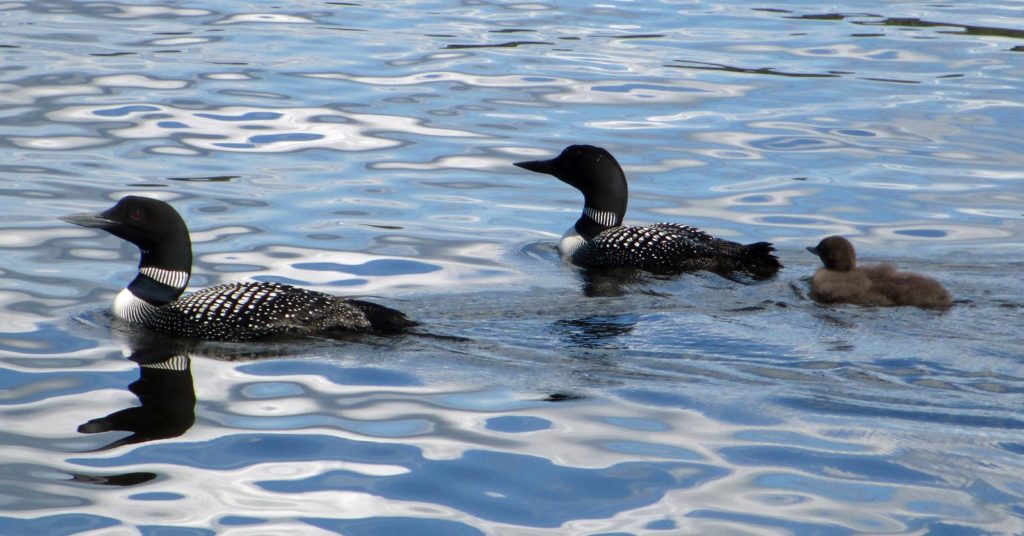
Avoid hitting loons during holiday boating and throughout season
The Minnesota Department of Natural Resources is reminding boaters to watch for loons not only around the Fourth of July holiday, but also as part of their season-long safety procedures.
Watercraft are a significant cause of loon mortality. Loons frequently nest and rear their young in areas where boats move at higher speeds.
Loon chicks are not able to fly until they are more than two months old; they’re also unable to dive for safety as mature loons and other birds can.
Mature loons are heavy birds, enabling them to dive as deep as 250 feet to search for food. They can stay underwater for up to five minutes.
Loons in Minnesota range throughout the busiest boating areas of the state, inhabiting lakes across almost all of northern, central and eastern Minnesota.
Other facts about loons:
- Minnesota has more loons (roughly 12,000) than any other state except Alaska.
- Loons can fly more than 75 miles per hour.
- The red in the loon’s eye helps it to see under water.
- Scientists think loons can live for 30 years or more.
In addition to fast-moving boats, threats to loons include human disturbance and pollutants such as lead and mercury. The DNR monitors loon populations with the help of volunteers to improve understanding of what our state bird needs to maintain a strong, healthy presence here.
More information about the common loon is available at mndnr.gov/birds/commonloon.html.
Read eVermilion